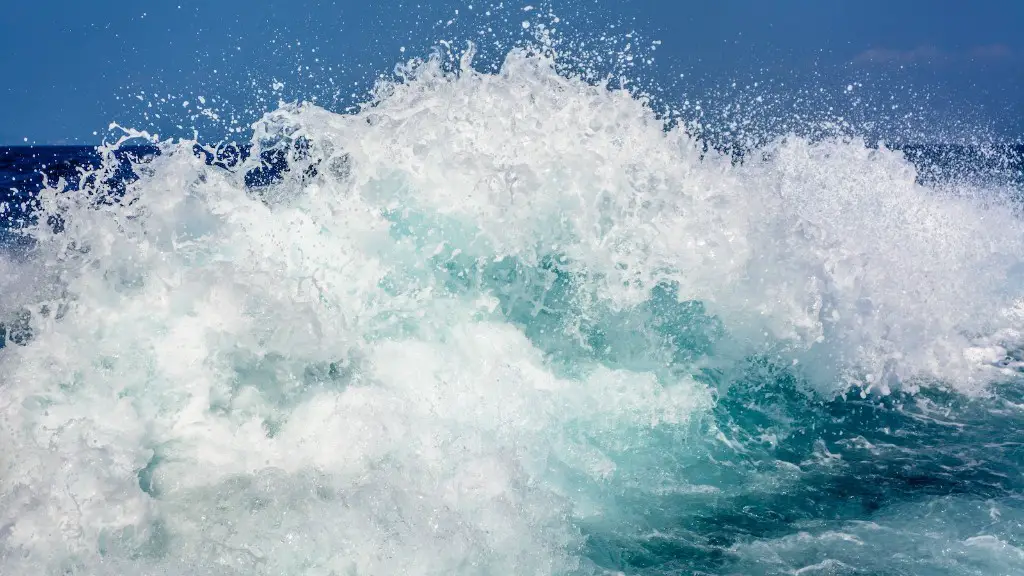The Impact of South China Sea Disputes
The South China Sea, one of the world’s most important economic, environmental, political and military hubs, has been the center of a number of international disputes. The disputes themselves present one of the most complex and wide-ranging confrontations in East Asian politics. The South China Sea covers a vast area of the Pacific Ocean and has long been a significant center of trade and commerce. Since the late 1800s, China, the Philippines, Vietnam and other countries have been vying for control over the waters, airspace and islands located within the South China Sea.
The land, these countries are in dispute over, holds a significant amount of natural resources. Natural resources such as fish, oil and natural gas are valued around the world and whoever controls the South China Sea stands to gain an immense amount of revenue. This economic drive has lead to numerous clashes between the claimant states, all vying for complete control over the region. Despite the sea being legally recognized as international waters and subjected to the UNCLOS, each of the claimant states have taken measures to enforce their own claims. China for example, have implemented the South China Sea Nine Dash Line, which encircles 90 percent of the sea and goes against the UNCLOS stipulations. This Nine Dash Line has formally been rejected by neighboring states as they feel they are being unfairly barred from accessing and potentially profiting off of their own maritime boundaries.
International Intervention
The international community has made attempts at resolving these territorial disputes, albeit with varying levels of success. The ASEAN Regional Forum, the leading platform for dialogue regarding South China Sea affairs, has worked to facilitate dialogue between these states in an effort to promote compromise and greater trust between them. The parties have discussed various initiatives in order to come to an agreement, however, talks have all ended in stagnation.
Meanwhile, on a larger scale, the US has intervened largely in order to dissuade China from exerting too much power in the Asia-Pacific. Washington’s ‘Freedom of Navigation Operations’, where US forces continually challenge China’s claim to the sea, has become a key factor in keeping China’s aggressive expansion ambitions in check. As a result, the US has kept an important level of authority and stability in a volatile geopolitical landscape.
However, this intervention has sometimes worsened the situation, as it has become a source of tension between the superpowers. This potential for confrontation threatens the peace of the entire international system and needs to be addressed.
Developing Creative Solutions
In order to resolve this conflict it is absolutely essential to consider creative solutions. The traditional path to resolution, seeking legal action through the UNCLOS or attempting to negotiate a series of compromised agreements, is distinctly unlikely to succeed due to the amount of domestic interest in the matter in each of the claiming countries. The most practical approach is to introduce an element that may not be considered at first glance: economic incentives.
Given the great amounts of natural resources buried beneath the water, a situation could be reached in which all countries benefit from the resources. For example, China’s Nine Dash Line could be turned into a Chinese-managed free trade region. In this case, the Chinese government would be responsible for managing its resources, with each of the countries sharing the profits of the resources accordingly.This type of economic benefit to all countries involved would be a great incentive to put their disputes aside.
In addition, it could be very beneficial to create an international organization, not just limited to South East Asian countries, which could implement collaborative international projects. These projects could be in the forms of technological, economic or social, and would serve as a platform for cooperation. This platform could also serve as a means of communication between the different countries, allowing the settlement of disputes.
Regional Cooperation
In addition, regional powers need to help settle these disputes on a diplomatic level, instead of letting them escalate to a point of conflict. It is important for regional actors to create an atmosphere of trust and understanding between the different countries and help them develop cooperative solutions. Through regional organizations such as the ASEAN, neighboring countries can come together and discuss their differences in a non-confrontational setting.
Moreover, regional powers must recognize that international law is the only way to guarantee fairness and harmony in the South China Sea. Through continued regional cooperation and some form of binding agreement, countries can ensure that the South China Sea will be an area of fruitful economic cooperation.
Conclusion
The South China Sea is one of the most important aquatic and political arenas in the world. However, the disputes between the countries involved and the conventional methods of seeking resolution, are unlikely to resolve the situation. Therefore, it is essential that innovative solutions be considered, as well as greater regional cooperation. Only with international law, economic incentives, and understanding can the conflicts of the South China Sea be brought to an end.


